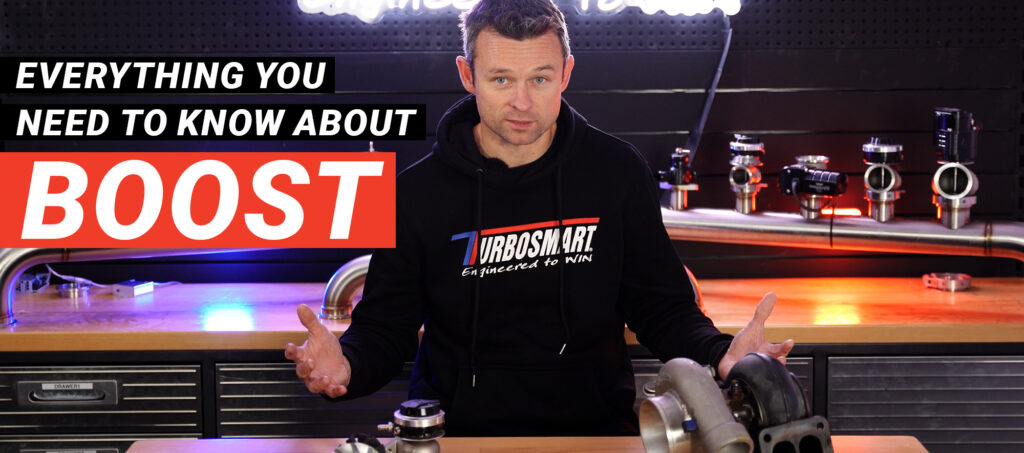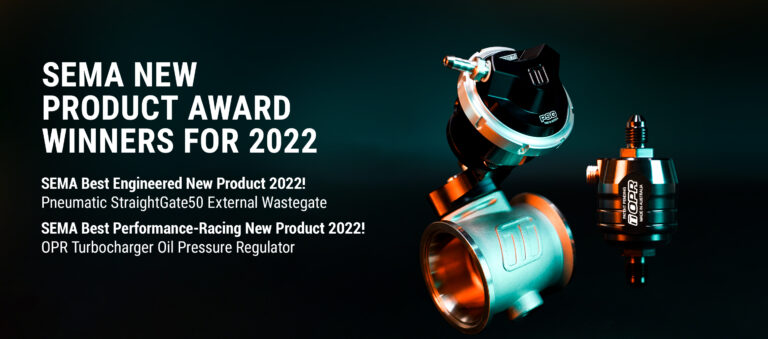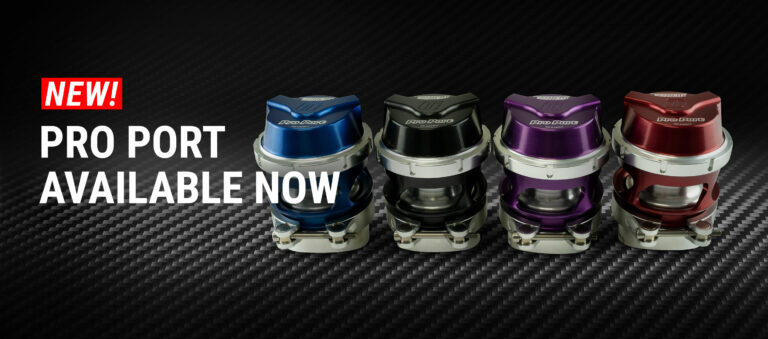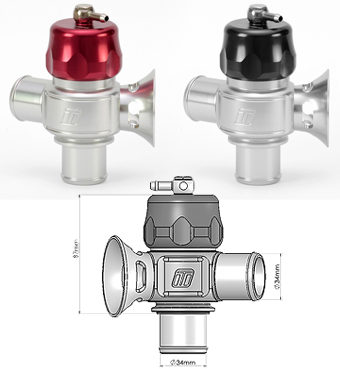Revolutionising Power: The Birth of Turbocharging in the Late 19th Century
The History of Turbocharging can be traced back to the late 19th century. During this period, visionaries like Gottlieb Daimler and Rudolf Diesel experimented with forced induction.
However, Swiss Mechanical Engineer Alfred Buchi etched his name in history. In 1896, Buchi’s pioneering spirit led to the submission of the first patent for a practical turbocharger. This marked a revolutionary milestone in the evolution of engine technology. As we delve into the roots of turbocharging, we find the intricate interplay of brilliant minds and experimental engines that laid the foundation for the powerful and efficient turbochargers we know today.
Below, witness Alfred Buchi, the trailblazer who set the stage for a transformative chapter in automotive history.
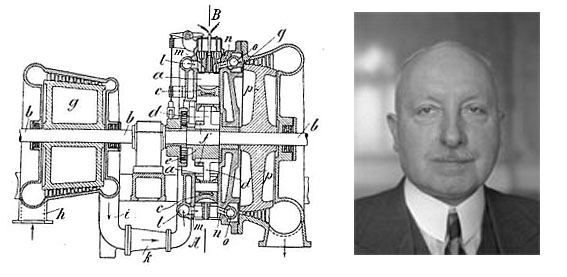
General Electric's Turbocharger Breakthrough in the Early 1900s
The dawn of mass-produced turbochargers emerged from the General Electric factory in the early 1900s, marking a pivotal moment in the evolution of engine technology. Driven by a fascination with the potential of aviation applications, Sanford Moss, the company’s visionary head engineer, embarked on a series of groundbreaking tests.
These experiments aimed to produce and sustain boost pressure at altitudes exceeding 14,000 feet, with Pike’s Peak in Colorado as the challenging testing ground. Moss’s relentless efforts conquered the heights of Pike’s Peak and laid the foundation for the widespread use of turbochargers in aeroplane engines.
His visionary experiments were not just altitude tests; they were a catalyst that propelled turbocharging technology into the realm of aviation. With his pioneering spirit, Sanford Moss played a crucial role in shaping the future of flight and power generation, proving that the sky was no longer the limit for engine performance.
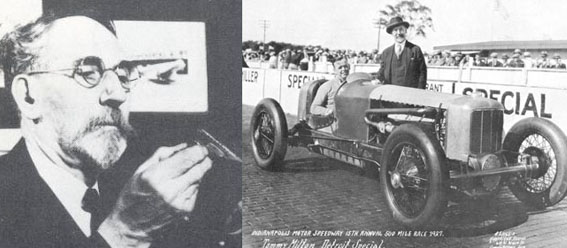
The Turbocharged Aviation Revolution of the 1920s
The aviation landscape witnessed a transformative moment in 1920 with the testing the first turbocharged plane. A LaPere bi-plane with a 12-cylinder Liberty engine ascended to remarkable heights. Surpassing 33,000 feet without any loss of boost, the aircraft’s groundbreaking tests continued over the following year, reaching the astounding altitude of 40,000 feet.
These achievements signalled the imminent takeover of turbocharging in the aviation industry. By the mid-1920s, turbocharged diesel engines debuted on ships and locomotives, expanding the reach of this revolutionary technology.
Second World War
The rapid evolution of turbo design and manufacturing technology didn’t stop there. The onset of the Second World War saw turbochargers integrated into numerous fighter and bomber planes. This innovation not only made them faster but significantly more efficient. The 1920s marked the ascent of turbocharging, propelling aviation and transportation into a new era of speed, efficiency, and technological prowess.
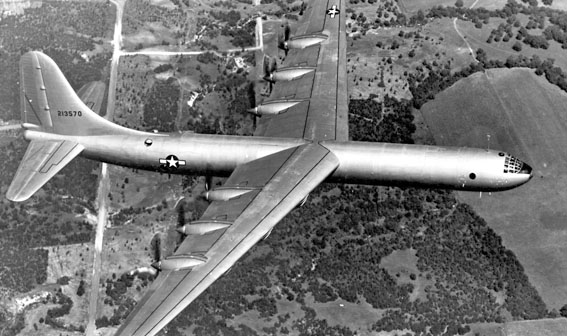
Without turbo technology, the B-36 bomber would require 90 cylinders in each of its six engines. With turbocharging, that number was cut down to 28.
Turbo Titan: The Birth of Garrett Corporation in 1936
In the annals of the turbo world, the Garrett Corporation stands tall. Its inception is traced back to the visionary J. C. “Cliff” Garrett in 1936. The company’s inaugural creation was a charged air cooler designed for the formidable B-17 bomber, showcasing their early foray into turbocharging.
During its initial years, Garrett primarily focused on small gas turbine engines. However, a significant turning point occurred in 1954 when Cliff Garrett, recognizing the burgeoning potential of turbochargers, decided to bifurcate the turbocharger division from the gas turbine division. This momentous decision marked the birth of the turbocharger-focused entity, later christened Garrett Automotive.
From their pioneering days with aircraft applications, Garrett Automotive would become an industry titan, influencing the landscape of turbocharging and leaving an indelible mark on automotive performance.
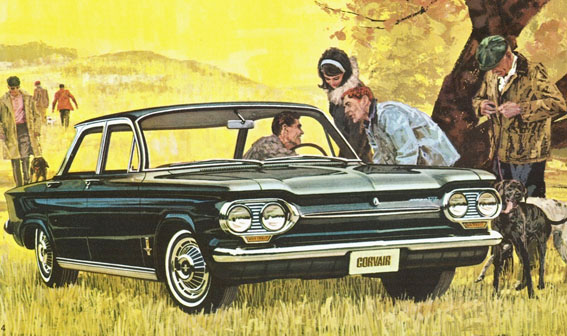
Pioneering Challenges: The Turbulent Start of Turbocharging in Automotive
Turbocharging’s initial venture into the automotive industry faced a rocky start with the launch of the Chevrolet Corvair Monza and the Oldsmobile Jetfire in 1962. Despite the anticipation surrounding these innovative vehicles, they were met with a lukewarm reception, plagued by reliability issues that led to their swift withdrawal from the market.
The Chevrolet Corvair Monza (pictured above) and the Oldsmobile Jetfire (pictured below) may have faced challenges, but their entry marked a pioneering step in integrating turbocharging technology into the automotive landscape. While these early attempts faced setbacks, they laid the groundwork for future advancements and innovations in turbocharged vehicles.
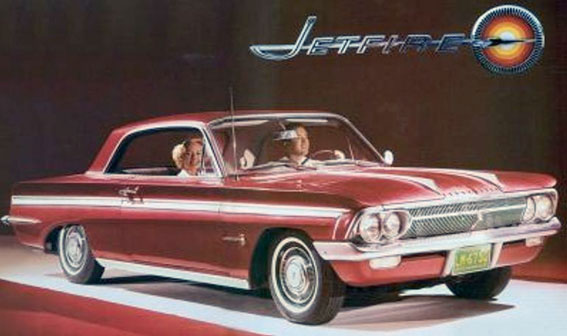
1970's - Turbocharging Technology Evolved
With the onset of the first oil crisis in 1973, automotive turbocharging technology had matured sufficiently to find its footing in the commercial diesel market. As emission standards tightened, turbocharging gained prominence, evolving into a virtual standard in the transport industry by the late 1980s.
The 1970s witnessed a pivotal moment with introduction of turbochargers into motorsport, notably making a splash in Formula 1. As a trendsetter in automotive innovations, Motorsport played a significant role in popularising turbocharging. By the decade’s end, turbocharging had transcended its niche origins, becoming a familiar term to the general public.
This transformative era saw turbocharging become a cornerstone in commercial vehicles and marked its triumphant entry into the exhilarating world of motorsport, solidifying its place in automotive history.
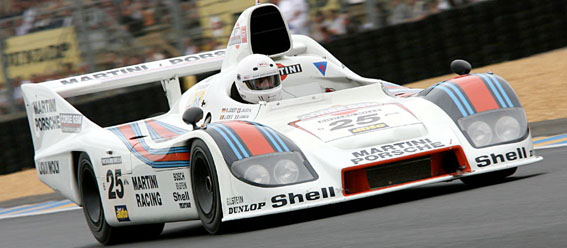
1978 - The First Turbocharged Diesel Passenger Car
In a groundbreaking move, the first turbocharged diesel passenger car, the Mercedes-Benz 300SD, debuted in 1978. This iconic vehicle ushered in a new era and redefined perceptions of diesel engines. Boasting low emissions, enhanced efficiency, and a driving experience akin to petrol cars, the 300SD became a trailblazer in automotive innovation.
Considered a “breakthrough” car, the Mercedes-Benz 300SD captivated automotive enthusiasts and convinced the public of the myriad benefits of turbocharging. With its elegant design and cutting-edge technology, the 300SD stands as a testament to how turbocharging transformed the landscape of passenger cars, setting new standards for performance and efficiency.
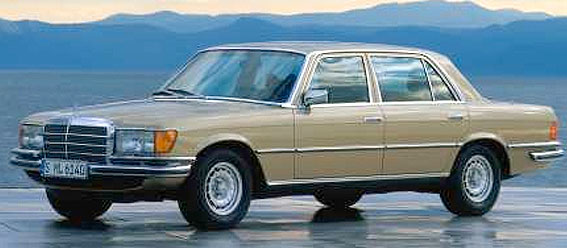
In a swift evolution, turbocharged vehicles became ubiquitous in dealer showrooms and across diverse motorsport arenas by the early 1980s. These high-performance turbocharged cars were not only gracing dealer displays but also conquering motorsport’s competitive realms.
From Formula 1 circuits to the challenging terrains of World Rally Championships, turbocharged cars were not just competing but emerging victorious. Their success extended beyond the racetrack, successfully challenging and outperforming larger, naturally aspirated vehicles. The early 1980s marked a golden era where turbocharging became synonymous with power, speed, and dominance in the automotive landscape.
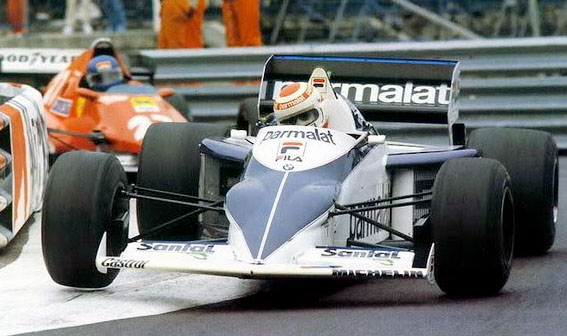
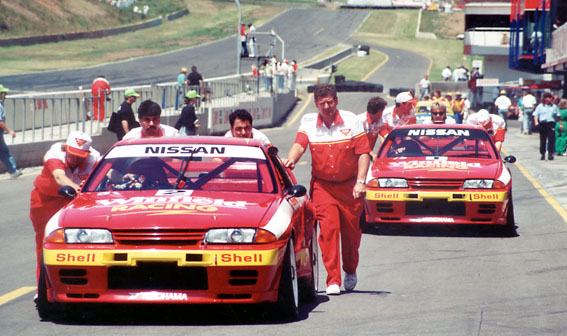
The Future of Turbochargers
In contemporary times, a turbocharged engine has transcended its status as a performance option and evolved into an economical, low-emission alternative. Widely embraced across the automotive landscape, turbo technology has proven particularly advantageous in small cars where compact engine bays make accommodating a larger engine impractical or even impossible.
The challenges plaguing early turbo engines — reliability concerns, lag, and fuel consumption issues — have been largely conquered through technological advancements. Present-day turbocharged engines are paragons of reliability and ease of drive, rivalling their naturally aspirated counterparts. Today’s turbocharged engines offer a seamless blend of performance, efficiency, and eco-friendliness, showcasing the enduring legacy of a technology that has come a long way since its inception.
A Bright Future Ahead
The horizon for turbo engines gleams with promise as they emerge as the favored choice in an ever-evolving automotive landscape. While hybrid and electric cars grapple with credibility, pricing concerns, and inherent shortcomings, the appeal of clean, economical, and reliable turbo diesel cars is rising among environmentally conscious buyers.
As revealed by numerous tests, small-capacity, turbocharged diesel passenger cars have showcased impressive fuel efficiency and a more ecologically sound footprint than their hybrid or electric counterparts. With its proven track record of reliability and efficiency, the turbo engine stands as a compelling option, shaping the future of automotive propulsion with its optimal blend of performance and environmental consciousness.
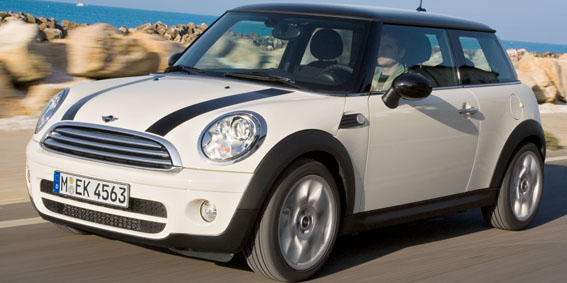
Conclusion - The Motorsport Perspective
In the dynamic realm of performance, enthusiasts have consistently embraced groundbreaking technologies, and turbocharging is no exception. Cherished by devoted legions of racers and engine builders, turbocharging is now asserting dominance over a significant segment of the motorsport market.
From the adrenaline-pumping world of drag racing to the precision of circuit racing, the rugged terrains of the rally, and the speed trials of sprint and time attack, turbocharged vehicles are at the forefront. Whether it’s cars, bikes, planes, or boats, the turbocharger has become the driving force, surging ahead and eclipsing both naturally aspirated and supercharged competitors. This marks the dawn of a new turbo era, where power, speed, and efficiency converge to redefine the landscape of motorsport.
Thank You for Exploring the History of Turbocharging!
We trust that the journey through the history of turbocharging was both informative and engaging. As the turbocharger evolved from its early challenges to become a powerhouse in the automotive world, we appreciate your interest in this transformative narrative. Stay tuned for more insights and updates on the exciting world of turbocharging. Feel free to reach out if you have any questions or if there’s anything more you’d like to discover. Here’s to the thrilling past and the promising future of turbocharging!
Interview with General Manager Marty Staggs of Turbosmart USA
We caught up with Marty Staggs, General Manager of Turbosmart USA, to get his take on the popularity of turbocharging in the performance and racing circles.
1. Turbocharging seems to be gaining in popularity in the motorsport sectors traditionally dominated by superchargers. Why do you think that is?
“Computer software and CNC technology have allowed engineers to both simulate and test a multitude of designs before ever making a production part. This has helped them refine the wheels and housing to get that increased power output and efficiency. The compressor wheel technology has gotten so good that the exhaust back-pressure they used to create has been dramatically reduced, thereby reducing any negative impact they may have on an engine.”

2. Performance gains are not the only reason turbochargers are gaining more followers every day. Every engine builder and racer knows that price plays a significant part in all purchase decisions.

3. What do you see as the “next big thing” on the turbo market?
“I am sure other materials are being investigated for both the wheels and housings that will continue to make the Turbochargers even more efficient and responsive.”

4. Where do you see Turbosmart expand to within the next five years regarding the overall performance scene?

Here is a handy self-help guide to helping you with your Turbosmart install and answers to some of the most frequently asked questions we get here. Turbosmart recommends that you get your products fitted and tuned by a qualified technician. If you choose to install the product yourself, ensure you have all the necessary tools and technical knowledge to perform this task.
Thank you for picking up the latest Turbosmart catalogue. As we look back on 25 fantastic years of innovation and growth, we continue to look towards the future as we release some revolutionary new products that will cement our reputation as innovators and market leaders.
Please contact us here and fill out a quick form so that our team can efficiently help you!
Custom setup and need advice?
Find products to suit your car
About Turbosmart
From our humble beginnings to establishing ourselves as a global brand, Turbosmart is well on track to lead the future in turbo technology.
Our engineers build and track-test all products in-house. Therefore, we ensure we continuously produce the highest-quality, highest-performance Turbochargers, blow-off valves, wastegates, boost controllers, fuel pressure regulators, oil pressure regulators and more. Furthermore, our products are designed and built for track and street applications.

